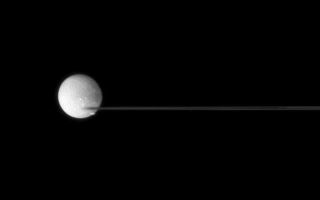
PIA09727: Crossing Dione
|
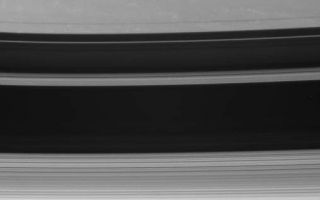
PIA09730: Tethys Walks the Line
|
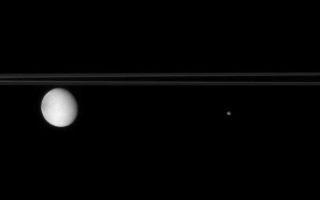
PIA09731: Moons that Share
|
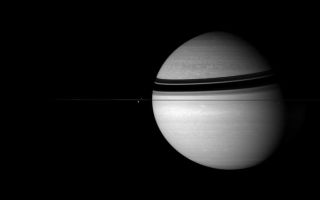
PIA09732: Kingdom of Saturn
|
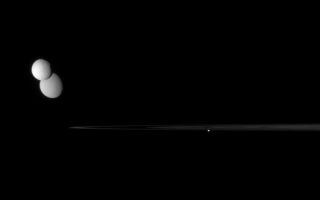
PIA09733: Parade of Moons
|

PIA09736: Above and Below
|

PIA09744: Cluster of Moons
|
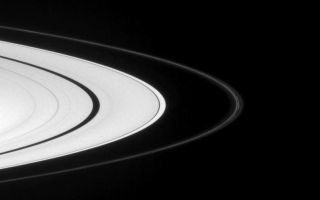
PIA09746: F-ring Evolution
|
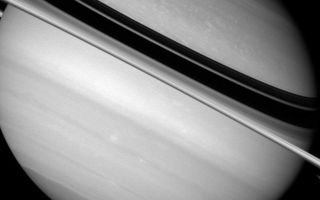
PIA09751: Squashed as it Spins
|

PIA09752: Saturn's Confidants
|
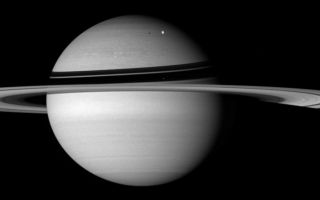
PIA09753: Snapshot from Afar
|
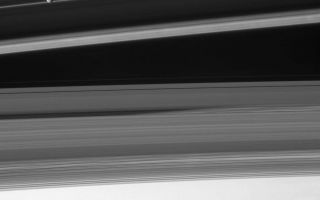
PIA09754: Shadowplay
|
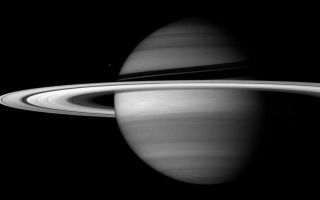
PIA09757: Ice Spread Thin
|
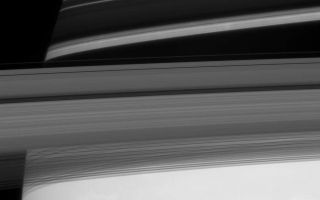
PIA09758: Secretive Rings
|
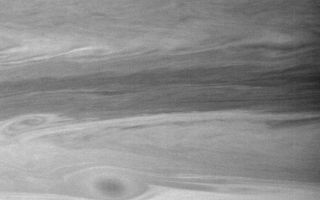
PIA09759: Swarm of Swirls
|
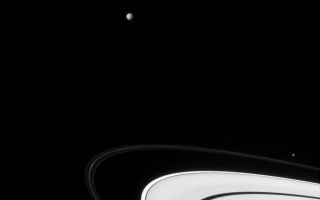
PIA09760: Moon Harvest
|
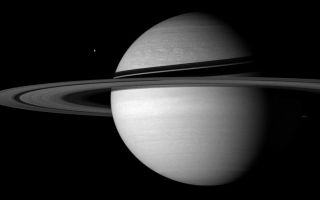
PIA09762: Cold Kingdom
|
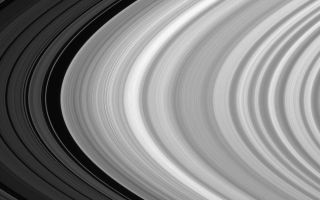
PIA09763: B Ring Terminus
|
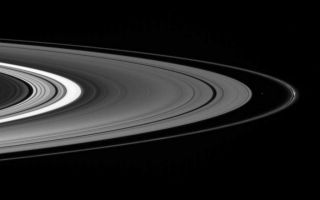
PIA09765: Darkside Beauty
|
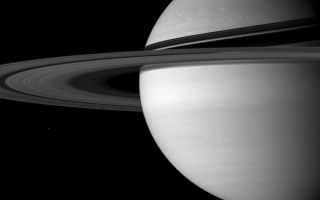
PIA09767: No Postage Required
|
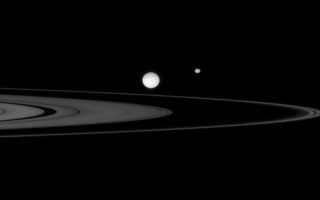
PIA09768: Ring Tableau
|
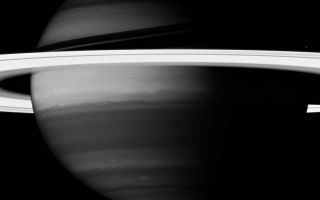
PIA09769: Masked by Methane
|
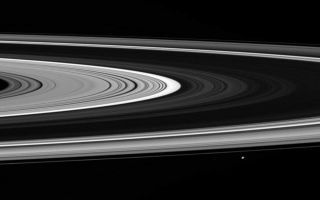
PIA09771: Filtering the Sun
|
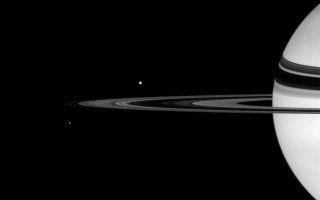
PIA09773: Circling Satellites
|

PIA09776: Solar System in Miniature
|
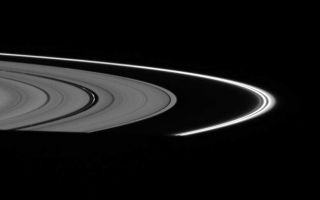
PIA09777: Bright "Dust"
|
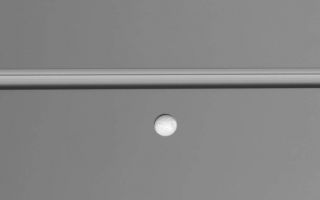
PIA09779: Collapsed Rings
|
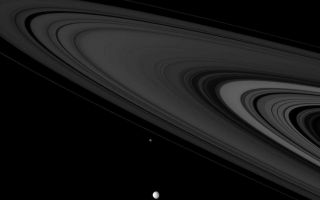
PIA09780: Saturnian Citizens
|
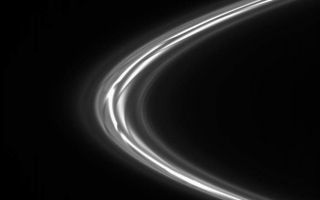
PIA09782: Gores in the Strands
|
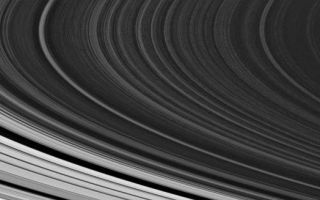
PIA09789: B Ring Irregularities
|